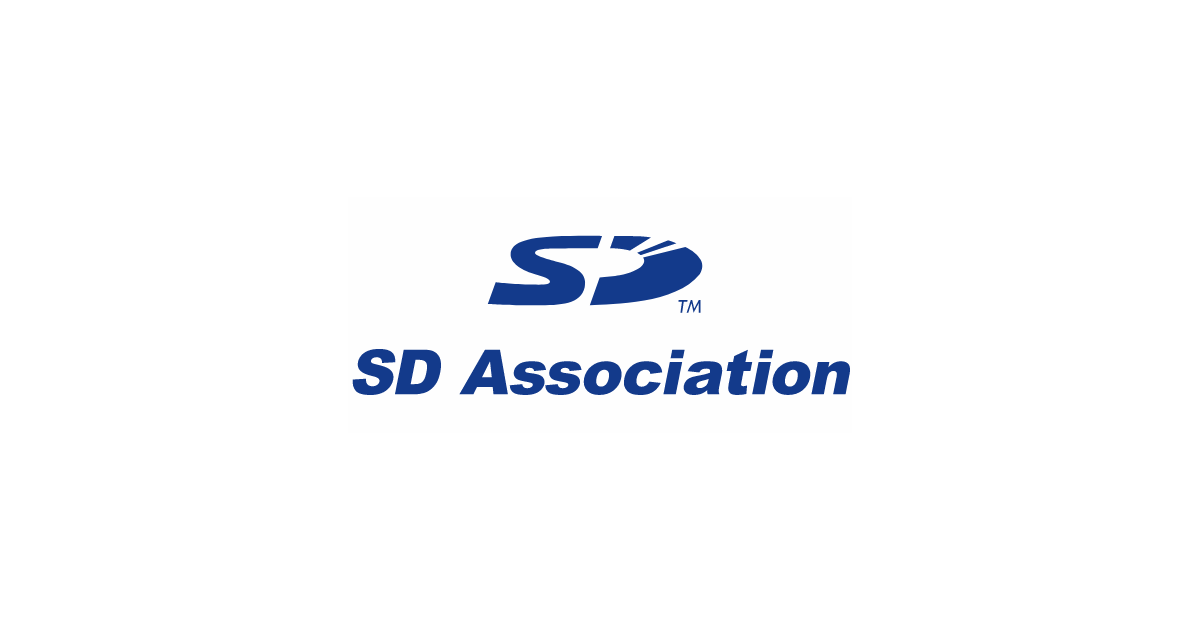1) Are the speed ratings shown on Sandisk (and other brands) of SD memory cards the READ speed or the WRITE speed of the card or is the speed shown both the same for read and write functions ?
2) Are the speed ratings shown on the card its maximum or minimum speed(s) ?
3) Are SD cards backward compatible, i.e. if you have say a 120mb/s rated card and that is its maximum write speed, will a device that is only capable of writing at say 50mb/s function correctly with that SD card ?
Thanks.
2) Are the speed ratings shown on the card its maximum or minimum speed(s) ?
3) Are SD cards backward compatible, i.e. if you have say a 120mb/s rated card and that is its maximum write speed, will a device that is only capable of writing at say 50mb/s function correctly with that SD card ?
Thanks.




